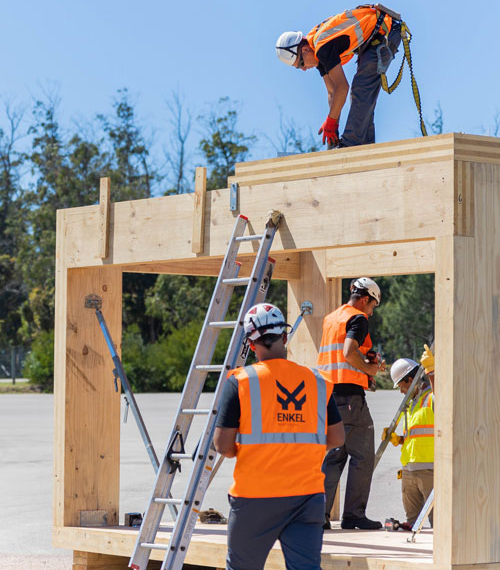The campus of the University of British Columbia in Vancouver, Canada, is home to an architectural masterpiece that has revolutionized timber construction: the Brock Commons Tallwood House. This imposing student residence, with its 18 stories and 53 meters high, became the tallest wooden building in the world at the time of its inauguration, setting a new standard in the construction industry.
An engineering and sustainability project
The construction of Brock Commons was a milestone in terms of speed and efficiency. The 18-story, 53-meter-tall structure was erected in just 66 days, a record time for a building of this scale. This achievement was made possible through the use of prefabricated cross-laminated timber (CLT) panels and a modular construction system.
The wood used for its construction stores approximately 1753 tons of CO2, contributing to mitigating the effects of climate change.
A legacy for sustainable construction
The Brock Commons Tallwood House is more than a building; it is a symbol of the innovation and potential of wood construction. This project has demonstrated that wood can be used to construct high-rise buildings that are safe, sustainable and aesthetically appealing. Its success has inspired architects and engineers around the world to explore new possibilities in timber construction, contributing to a more sustainable future.





